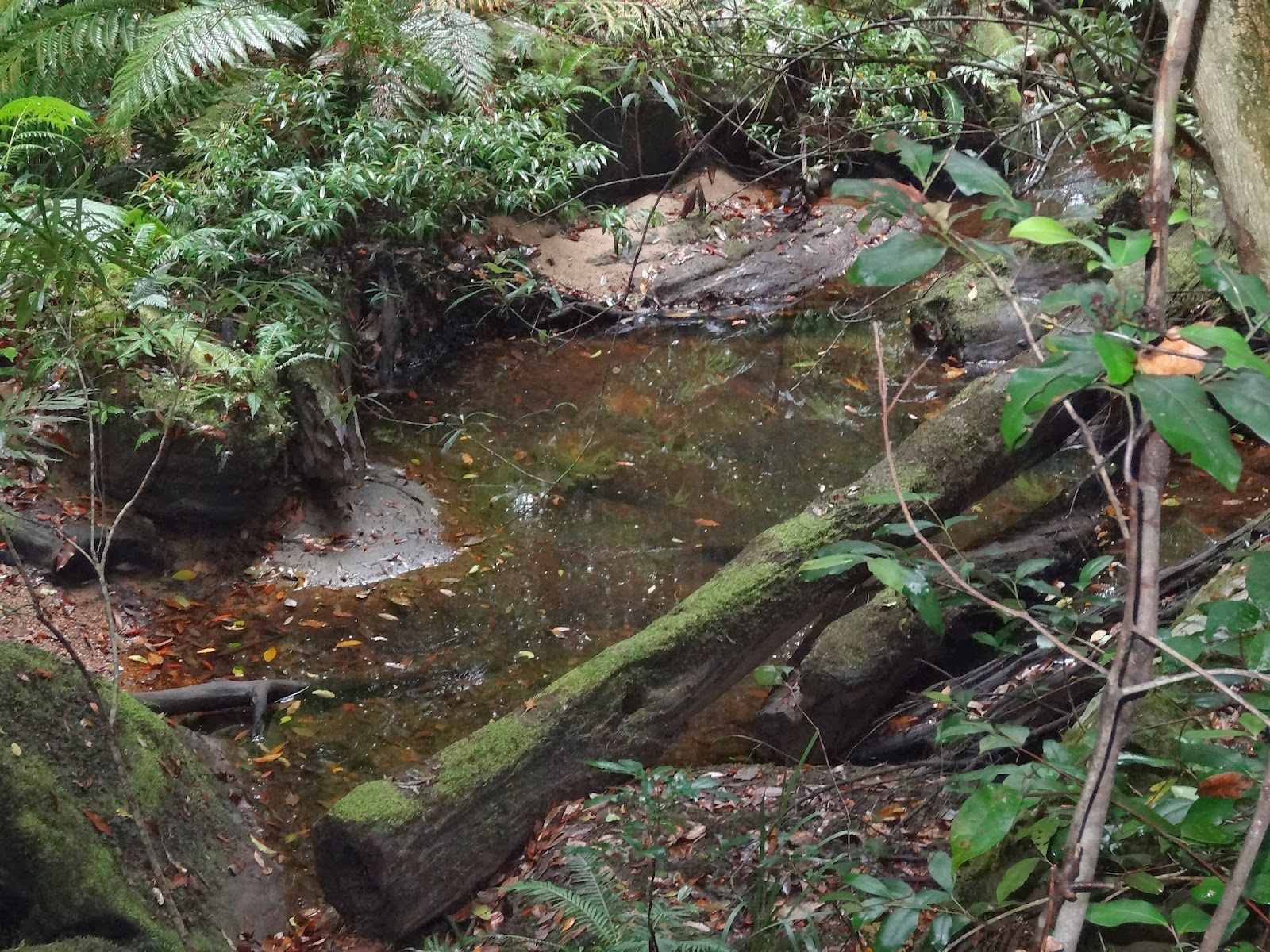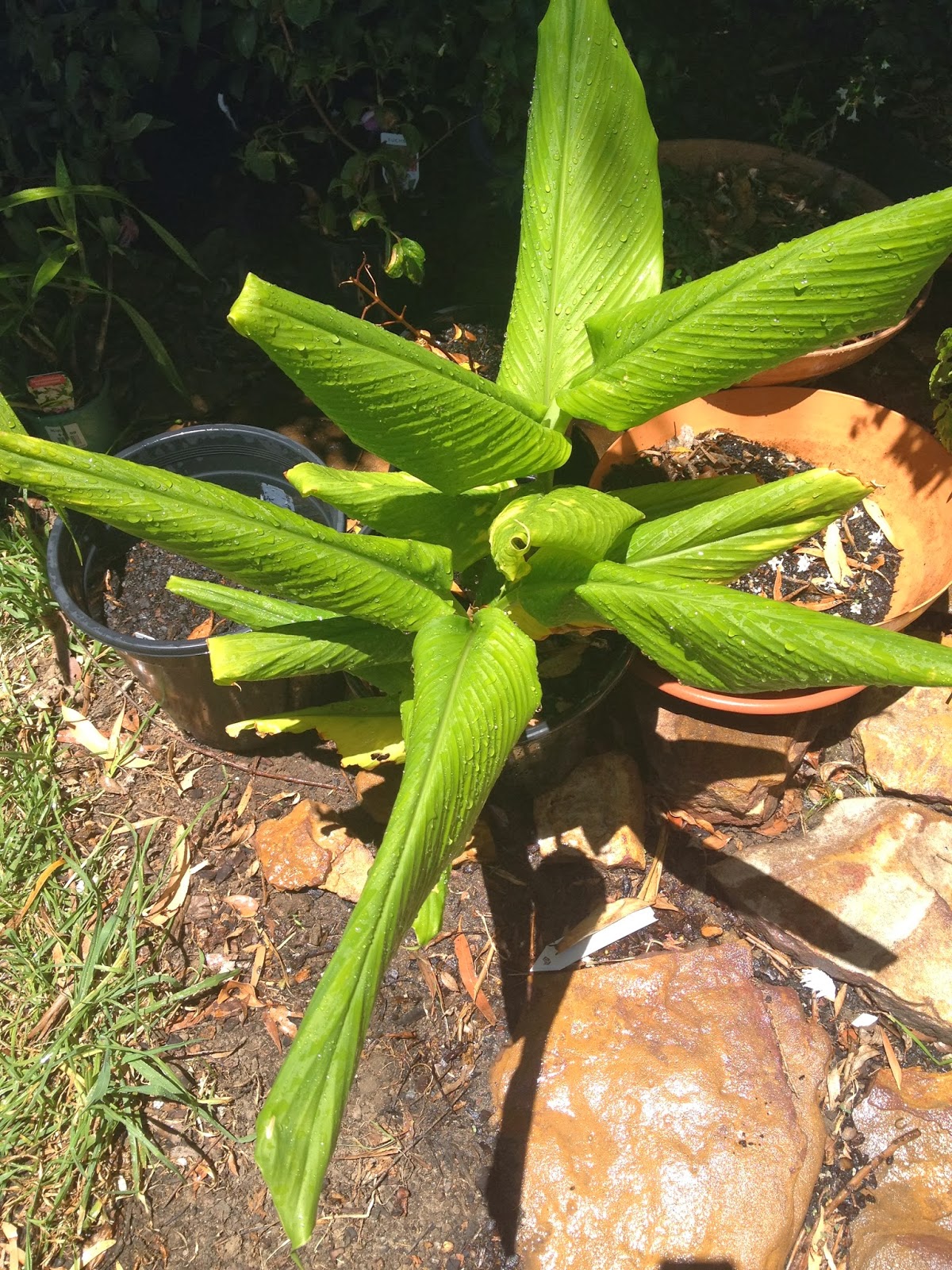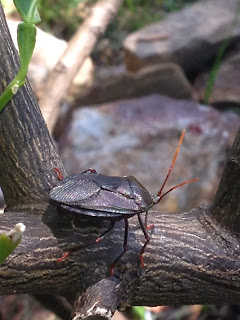The Heat Wave Begins
Thursday
As I start this post, much of Australia is sweltering. Adelaide is expecting 46C today, that's around 115F! Melbourne has been gripped by 40 degree temps for the past few days, with the overnight lows being only down to around 34C, culminating in 44C today, so I am guessing the Southerners are all pretty grumpy and sleep deprived at the moment, you just can't sleep when it's that hot.
This is serious heat and the southern heatwave is making its way up to New South Wales.
We live approximately 25 km north-west of Sydney, as the crow flies, and therefore well away from the coast. We are very fortunate in that we are amongst many strips of nature reserves that do seem to keep the temperatures down by a couple of degrees.
Today is one of those days when the hot concrete burns the soles of my bare feet as I walk outside, the concrete that is hot enough to fry an egg; it is one of those days when the water inside the garden hose left sitting in the sun is almost hot enough to make a cup of tea.
The tumeric plant is showing signs of heat distress. It's now curled most of its leaves to reduce exposure.
The delicate red new growth on the rose bushes is drooping,. Everything looks hot.
We have a small market garden umbrella which I've put up to provide some sun protection for a few of my potted roses and I've fill the birdbath ready for any hot and thirsty visitors. A pair or Rainbow Lorikeets (right) cool off.
Most summers we will get a dozen or so days that hit around the 38 degree mark (100F) and our gardens aren't knocked around too much, a good watering in the cool of the evening and they bounce back, but once the temperature hits 40C, or more, things start to bake. Serious damage is done, leaves are crisped and buds frizzle and the leaves that aren't reduced to tinder, are "sunburnt" a mottled yellow colour.
In anticipation of the increased temps due here in a couple of days, I have been attempting to "heatproof" my garden. In the cool of the evening I've been madly watering my northern garden, trying to get enough moisture deep down into the soil so I can spread a thick layer of sugar cane mulch across its surface and hopefully help to provide some kind of barrier against the searing days ahead of us.
Friday
Before mulching my northern garden, I shaped the earth around my shrubs to form a dished "moat" around each plant to compensate for the slight slope of this garden. As I aim the hose nozzle at the trunk of each shrub, water pools around the base of the plant, hopefully seeping deep down to keep the root system cool and moist until the worst of the day has passed.
My lilac Crepe Myrtle is abuzz with early morning worker bees, darting from flower to flower, collecting nectar to take back to their families.
The Geisha Girls (Durantas) also have their share of apiarian workers making the rounds of their sweetly shaped purple blossoms. Overnight, the spent Geisha Girl flowers have fallen like confetti onto the carpet of new mulch beneath.
As the air warms, the sound of cicadas chirping becomes louder, they seem to thrive on this heat.
The umbrella is up once more. Potted plants have been moved to deeper shade. Outside, all has been done that can be, time to close all the blinds and shutters inside and start up the air con.
Saturday
It's now 6pm and the hot westerly breeze has dropped a little, although the temp is still in the low 30s. Sunset is still a couple of hours away and the sun is still quite high on the western horizon.
A cool change is expected to move through in the early hours of tomorrow morning. Hopefully some much needed rain will follow in its wake.
But for now, time to assess damage sustained. Although I am sure we experienced less than the predicted 40C, a nearby suburb did register 39.
A quick walk around shows a couple of annual salvias haven't made it. The white Crepe Myrtle is drooping much more than the pink or the lilac coloured ones, but this white one has always been more vulnerable to heat stress than her coloured sisters.
The hydrangeas have also taken some damage, many now with burnt leaves.
My "Endless Summer" "Blushing Bride", as the name suggests, a pure white flowered cultivar, is drooping badly, not unlike the drooping from the white crepe myrtle. Endless Summers flower on both new and old wood so with "Blushing Bride" it is also often a case of the new wood drooping under the weight of the flower heads as well as her being a little overheated.
Pretty much everything is dry and will need attention. I set up a couple of sprinklers to make my job a little easier and hand water the rest.
The roses are holding their own, but appear thirsty. I have decided that their need for water outweighs the potential black spot threat, which is always present in January. I liberally water these babies, trying to focus the water spray onto the ground near their crowns and minimise contact with foliage.
7.30pm and the sun is sinking down below the tree line, creating a fiery glow in the western sky.
8.45pm - time for a very late dinner. I sit in the portico and enjoy my meal and the sounds of the evening. A tree frog chirps thanks for the shower from the sprinkler and as night falls, the cicadas' trills gradually fade.
In the quiet of the night I sit and reflect. Yes, I believe we're also the
lucky country!

















































